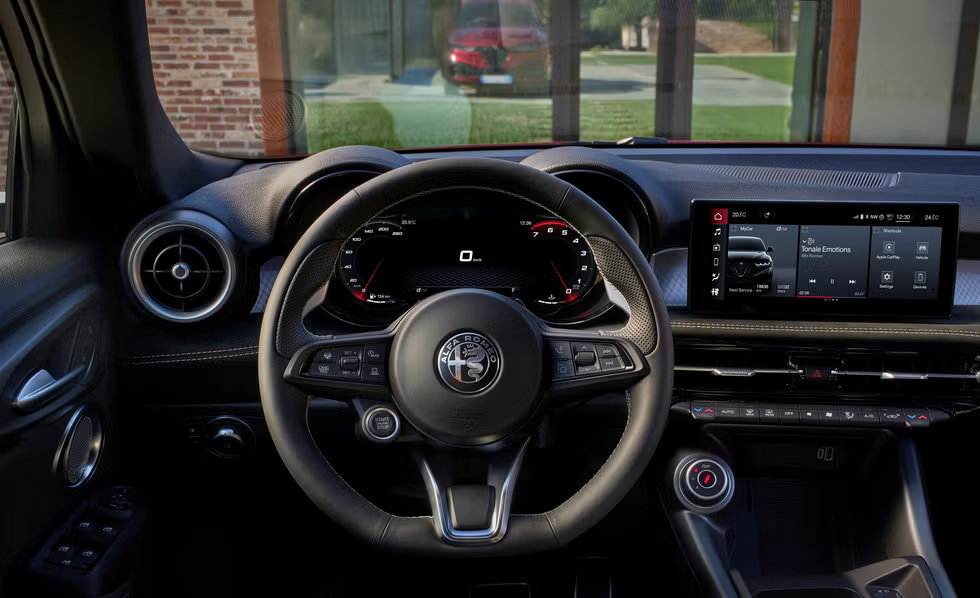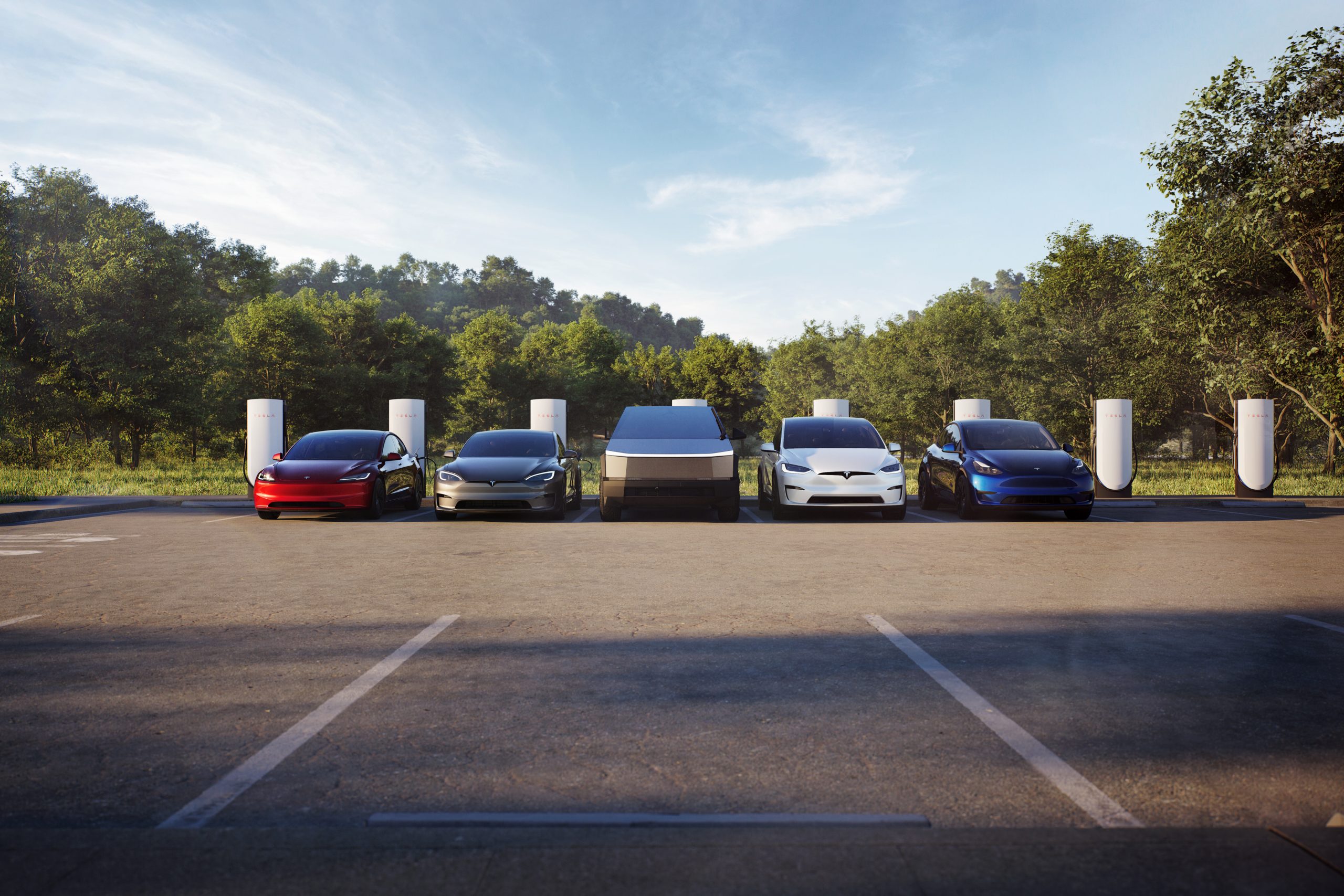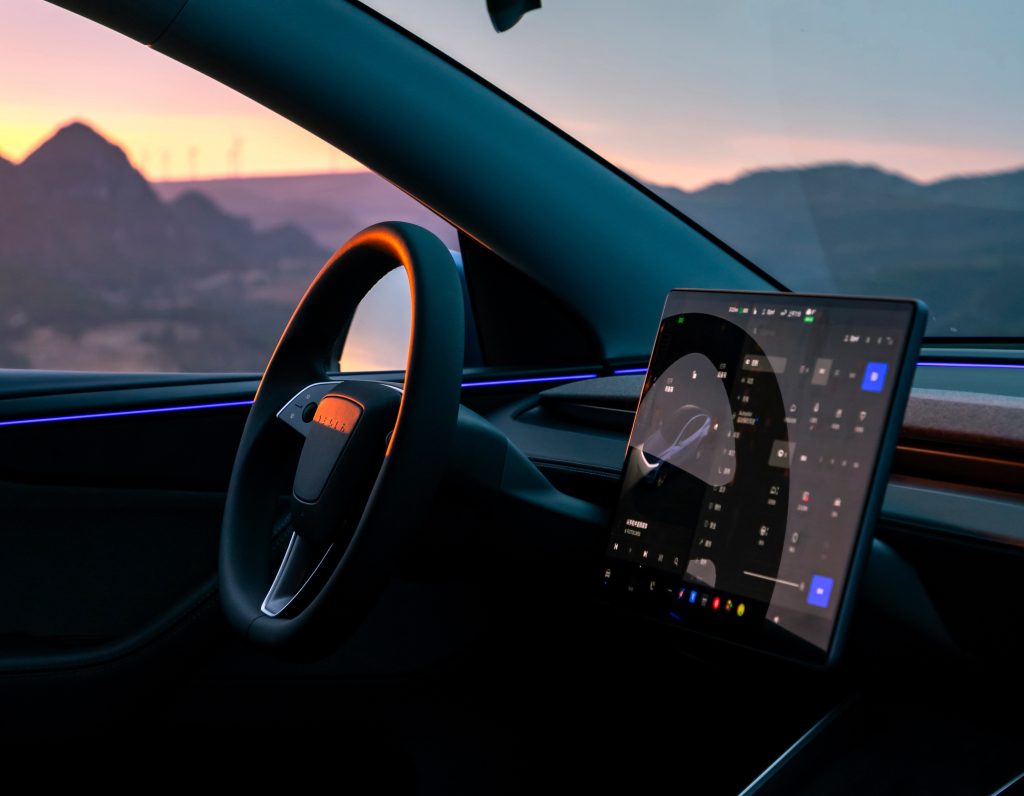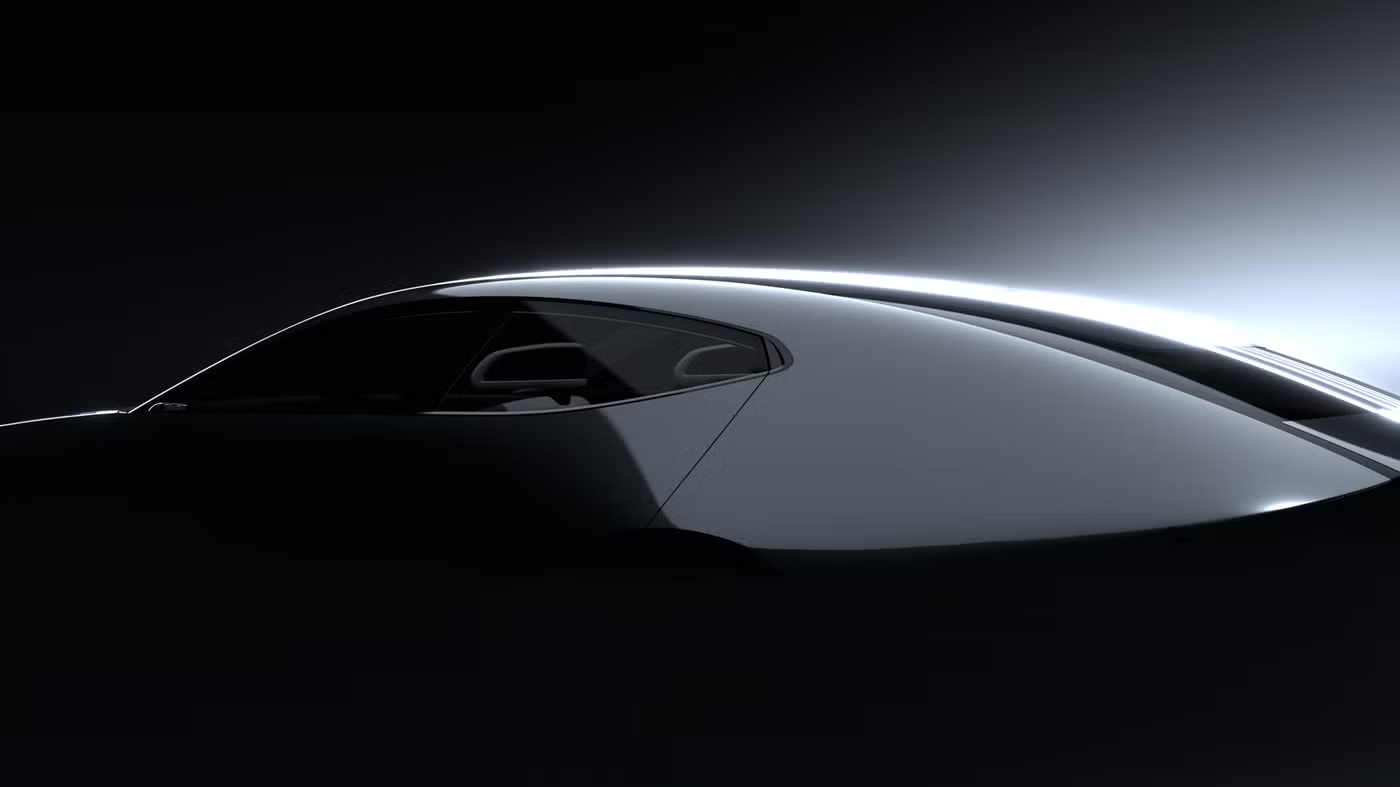Tesla's Robotaxi Expansion: Testing in New Territories
Reports on manufacturing, labor and earnings with clear, practical context. Drives a Tesla Model 3 RWD; family hauler is a Volvo XC60.
Tesla is making strides in its Robotaxi project, a key component of its vision for autonomous ride-hailing. The company has recently begun validating its Robotaxi units in new areas, indicating a broader expansion plan. This development marks a significant step towards Tesla's goal of making autonomous vehicles a mainstream mode of transportation.
Tesla's latest efforts in deploying Robotaxi units in Arizona signal the company's aggressive expansion strategy. Two vehicles equipped with LiDAR validation technology were spotted in Gilbert, while another was seen in Tempe. These sightings are part of Tesla's broader plan to introduce its autonomous ride-hailing service across the United States. The vehicles are undergoing rigorous testing to ensure safety and efficiency before the service is launched to the public.
Tesla's Robotaxi service was first launched in Austin, Texas earlier this year and has since expanded to the Bay Area in California. The company has been working tirelessly to secure permissions to test and operate in new states, including Nevada and Arizona. These efforts are complemented by Tesla's recruitment drive for Autopilot Vehicle Operators in states like New York and Florida, indicating a nationwide rollout plan.
Elon Musk, Tesla's CEO, has ambitious plans for the Robotaxi service. He aims to make it accessible to at least half of the U.S. population by the end of the year. The recent introduction of the Robotaxi app to the public in select areas has been a significant step in this direction. The app allows users to experience Tesla's advanced Full Self-Driving capabilities, paving the way for a wider acceptance of autonomous ride-hailing.
The continuous expansion of Tesla's Robotaxi service underscores the company's commitment to revolutionizing transportation. By deploying autonomous vehicles, Tesla aims to reduce traffic congestion, improve road safety, and offer a more sustainable transportation option. The success of this initiative could set a precedent for the broader adoption of autonomous vehicles globally.
As Tesla continues to expand its Robotaxi service, the company faces challenges, including regulatory hurdles and technological refinements. However, with its innovative approach and technological prowess, Tesla is well-positioned to overcome these obstacles and lead the charge in autonomous transportation. The coming months will be crucial as Tesla works to achieve its expansion goals and redefine the future of mobility.
About Priya Nair
Reports on manufacturing, labor and earnings with clear, practical context. Drives a Tesla Model 3 RWD; family hauler is a Volvo XC60.



